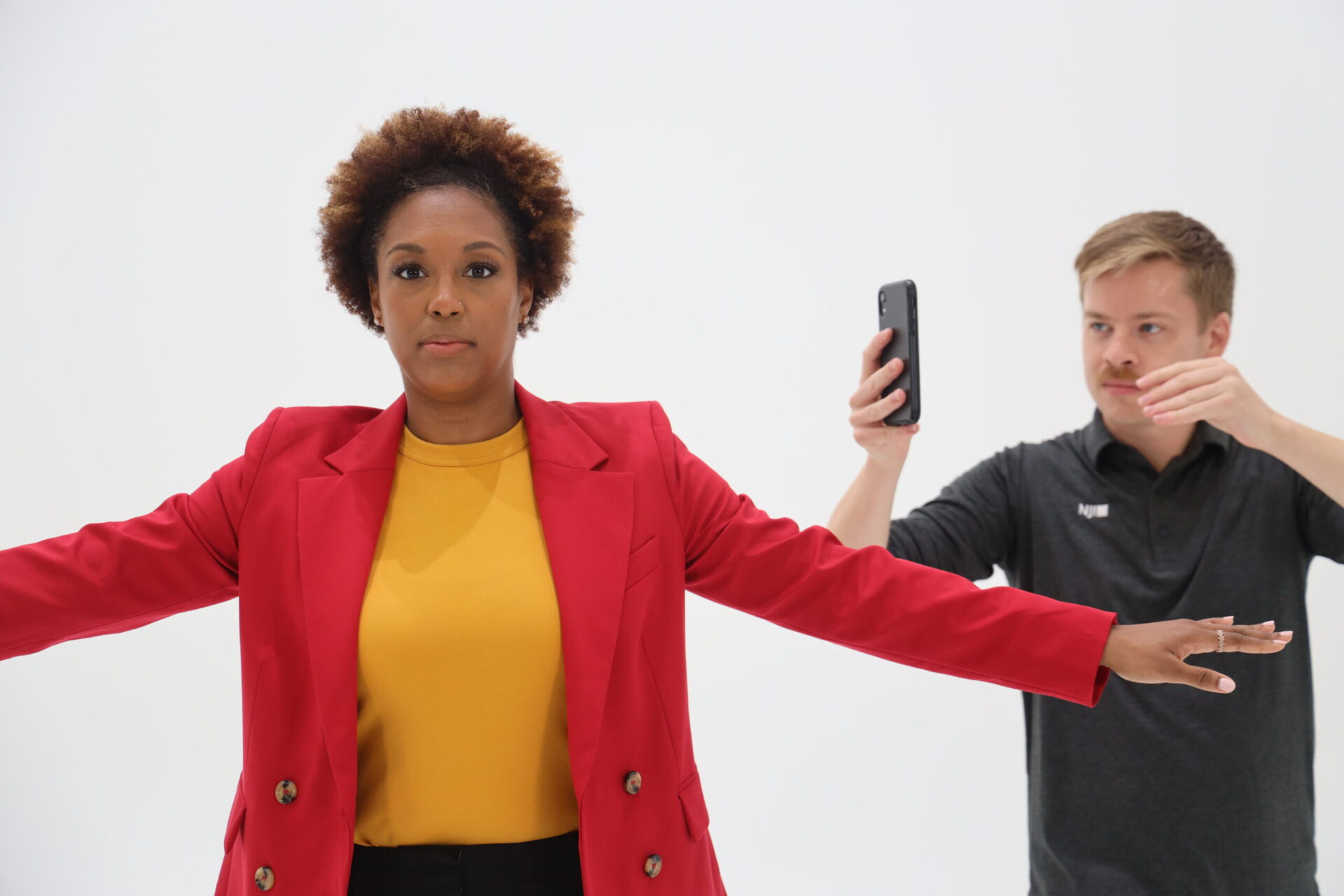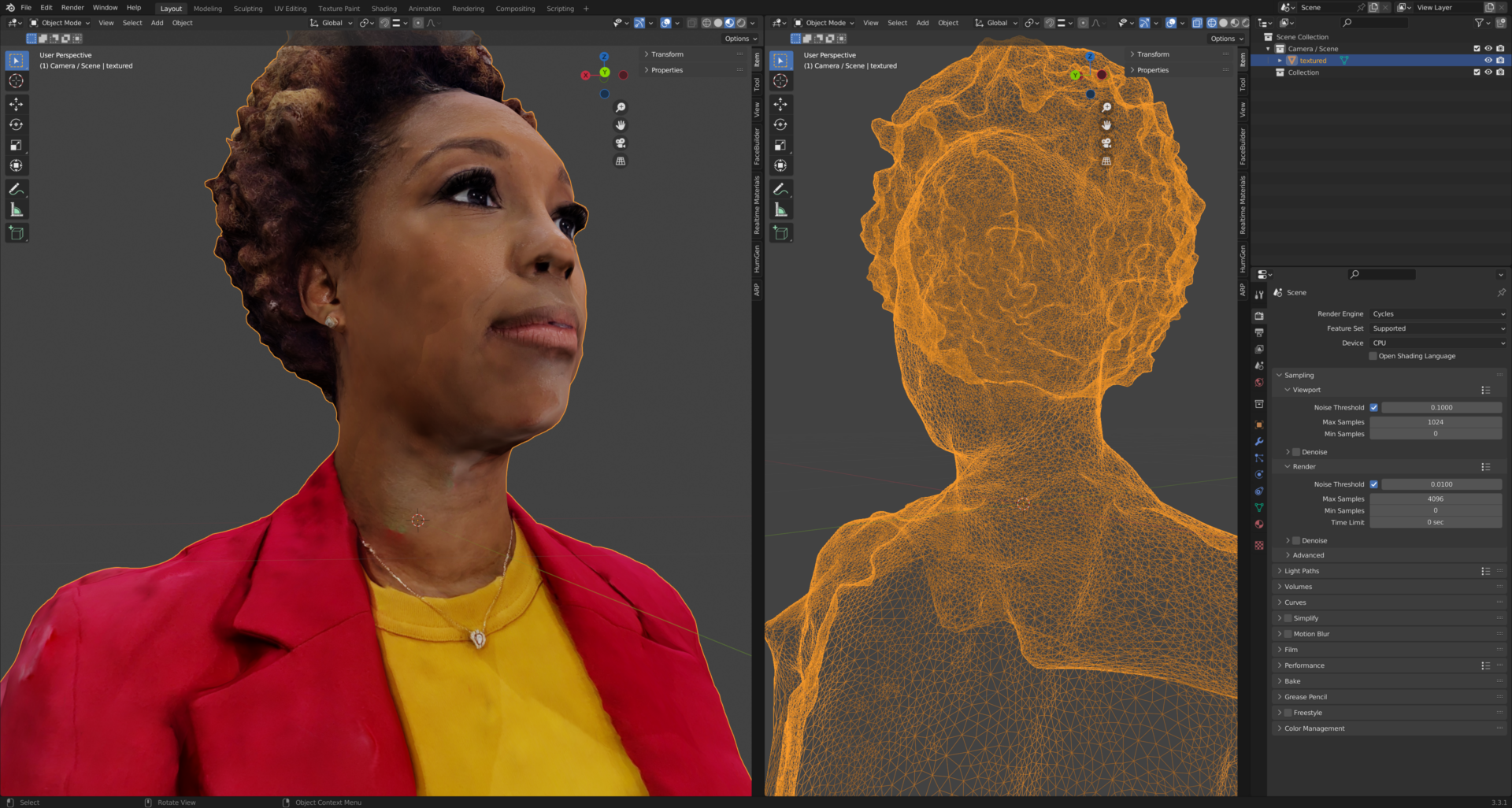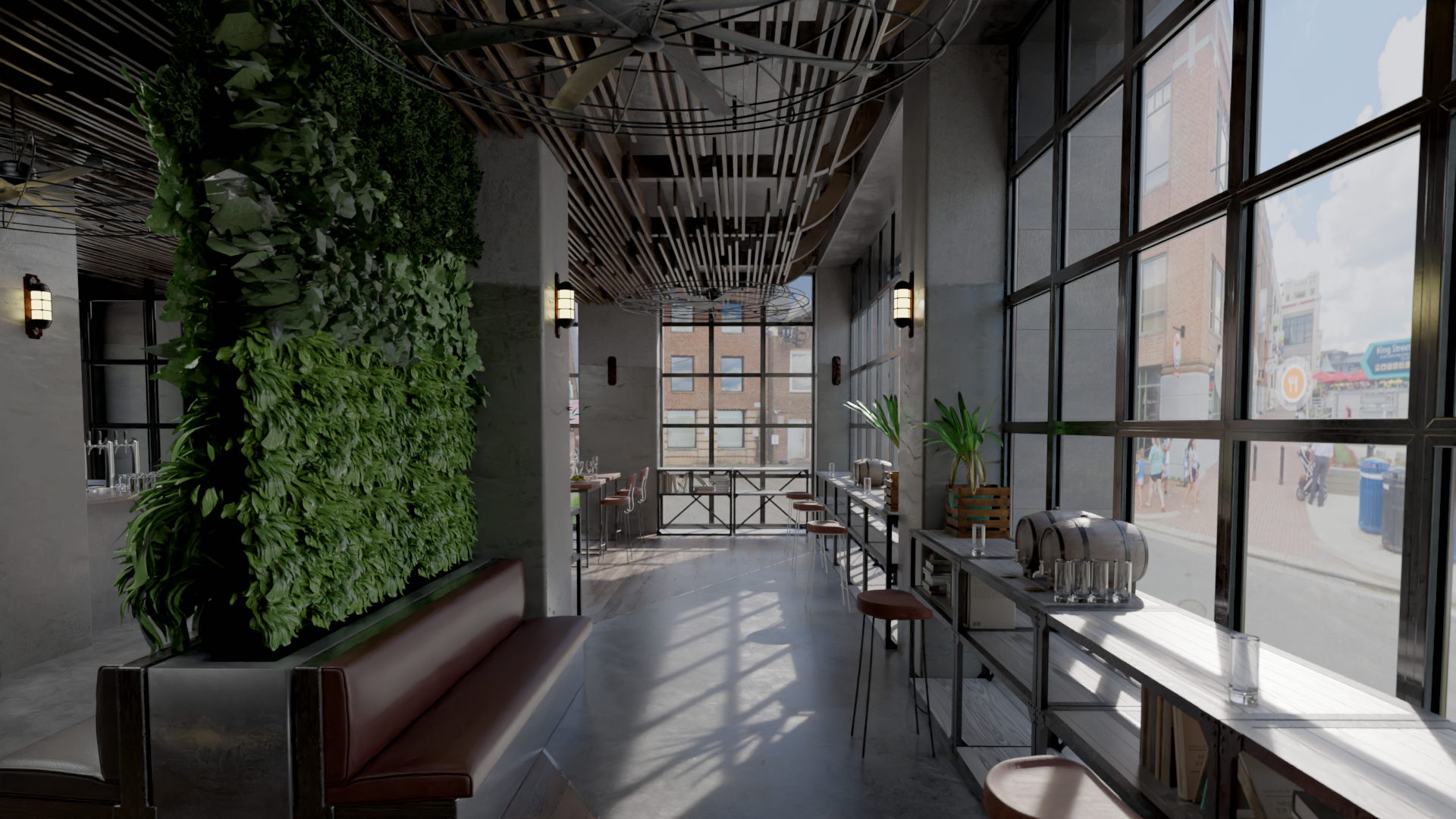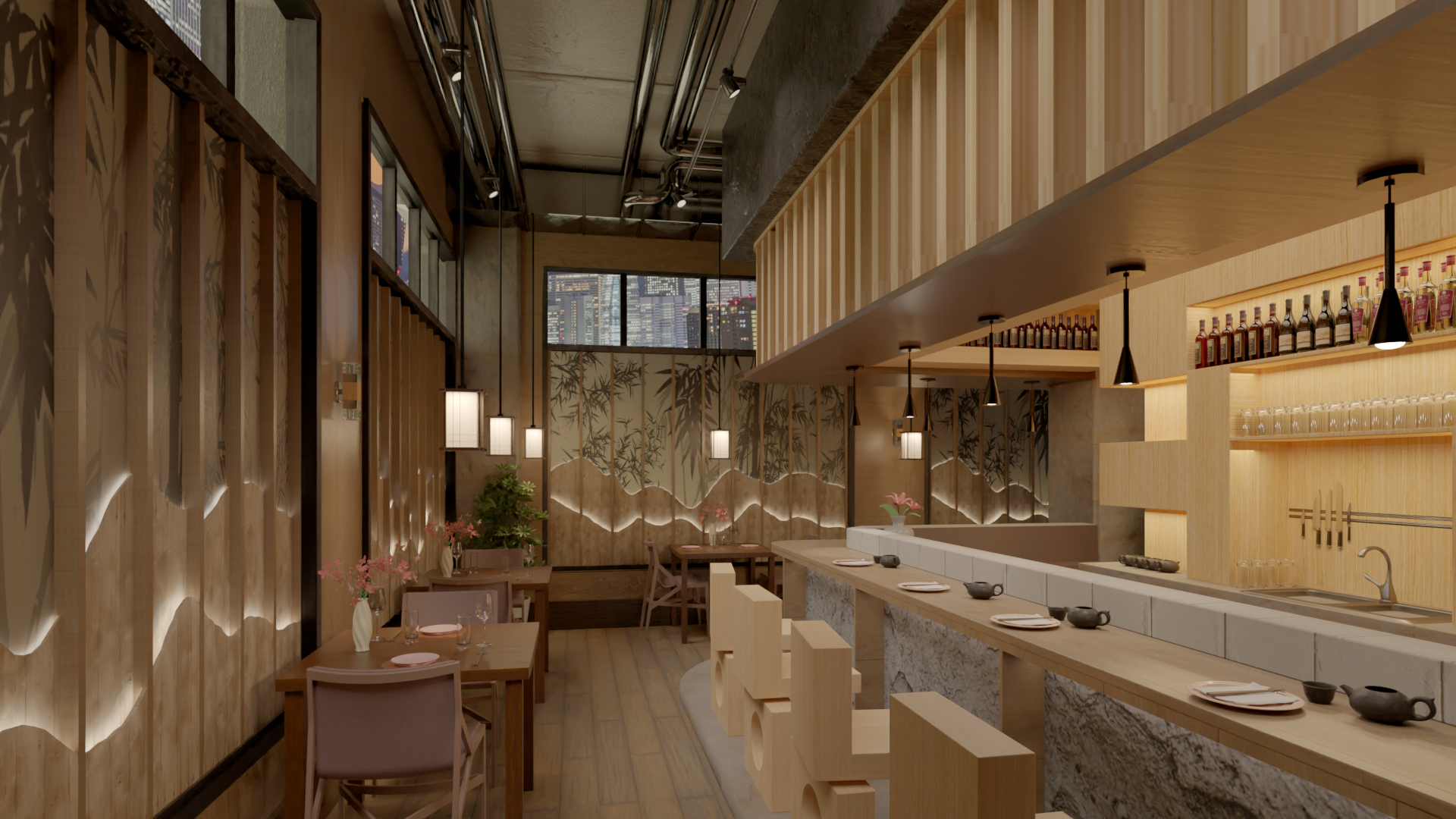Immersive Content Offers New Ways to Share Complex Stories with Global Markets

The adage that “a picture is worth a thousand words” has a murky origin story, but most historians credit Fred Barnard, advertising executive and author of a 1921 article about the power of images. For over a century, his observation has guided communicators seeking to capture audience attention. Now, they can leverage immersive content—from virtual reality to 3D video—to make a much bigger impact than Barnard ever could have imagined.
It’s one thing to show a static picture of a new vehicle. It’s quite another to present a high-energy, 360-degree spectacle of a sports car hurtling around a racetrack, as BMW did with 3D billboards announcing its i4 M50 debut in 2022. Or consider the Shinjuku cat: In 2021, pedestrians in Tokyo’s Shinjuku area stopped to admire a three-story, 3D video of a calico cat walking (and meowing) across an LED billboard.
Virtual production, the techniques that make such content possible, is becoming more advanced and affordable, offering new ways to tell stories while increasing ROI. Some creators define virtual production as developing content for virtual environments, such as VR and augmented reality. Others view it as a bridge between traditional film technologies, VR/AR, and computer-generated graphics.
At NJI and Freedman International, we see virtual production as the intersection of real and virtual worlds, where immersive storytelling tools and techniques enable us to deliver culturally-relevant content in infinite ways. These can range from a virtual experience on a VR headset to a physical installation on a city sidewalk that lets people explore an immersive space composed of 3D visualizations.
Brands and organizations that want to convey complex information find that virtual production is one of the most powerful tools in the communication toolkit. It’s versatile, efficient and — with a few key considerations in place — a high-impact way to engage stakeholders around the world.
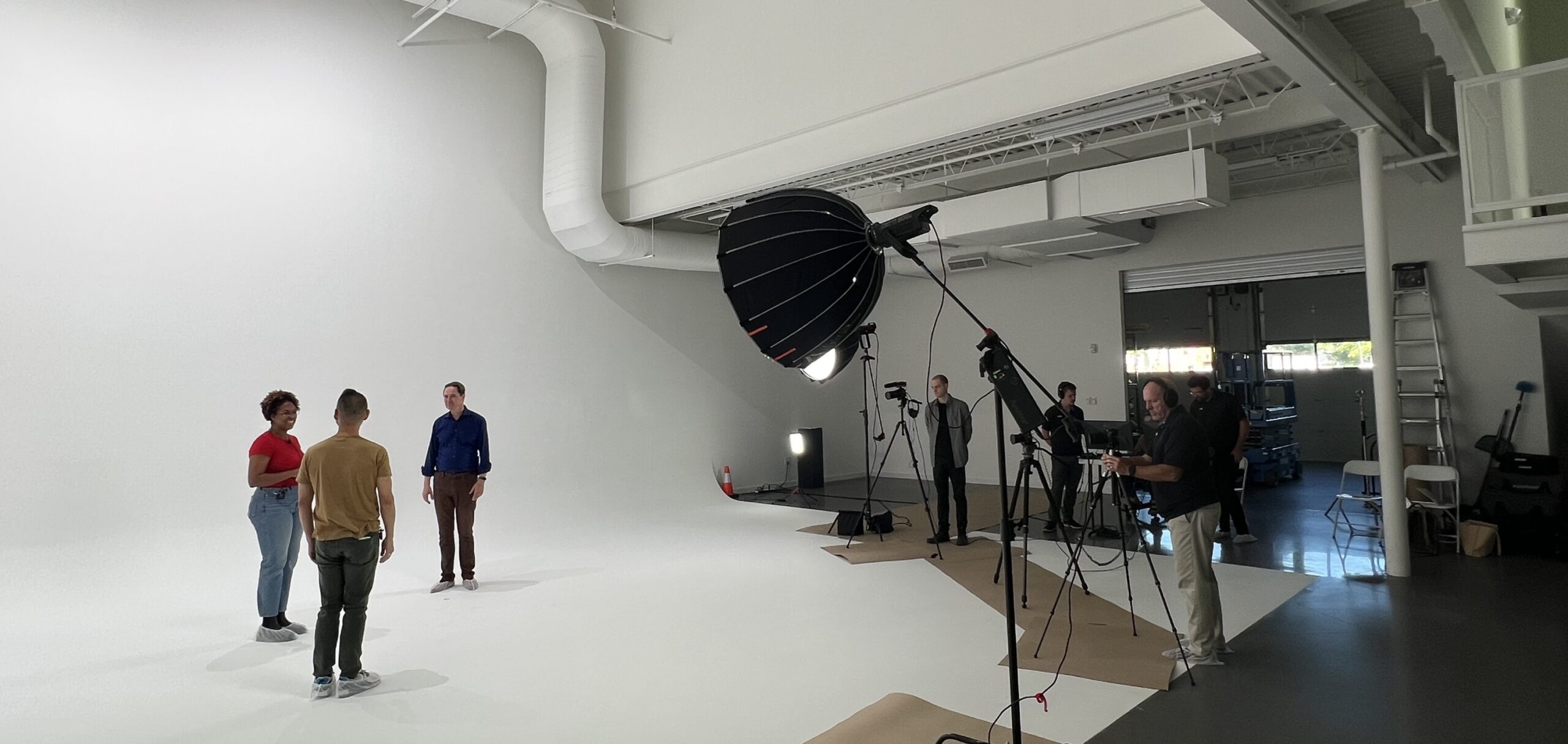
On set rehearsal ahead of a virtual production for use in VR.
Immersive Storytelling Drives Unique, High-Impact Communication
With traditional video production, the logistics of creating a high-quality product can be expensive and time-consuming: finding the right shoot location; getting a crew onsite; shooting content that appeals to multiple cultures; wrangling cameras, lighting, and sound; and, for outdoor productions, hoping the weather cooperates. Typically, the outcome of this investment is a single video asset whose utility may be just right for one purpose but limited in its overall utility and adaptability to international, multi-market campaigns.
By contrast, virtual production can yield multiple pieces of content from a single day of shooting, and that content can be repurposed for numerous deliverables, platforms and markets. A small team working in one location may use tools such as motion capture, 3D scanning, 360-degree cameras, and LED or projection screens that allow for customized background images.
Virtual content can also be adapted in real-time, with background imagery being just one example. For brands that want to reach audiences in multiple markets, that capability brings numerous advantages from a storytelling perspective. With a single shoot, for instance, a brand could create immersive experiences tailored for consumers, policymakers or audiences in several local markets, delivering cultural relevance with increased consistency across the adapted assets.
Localization is important because it significantly increases the effectiveness of storytelling and messaging. However, localizing traditional video requires multiple shoots and the integration of local markets upstream during campaign development – an ideal state but something many companies struggle with executing consistently. Brands with a global presence can achieve the same results with virtual production at a fraction of the investment and with significantly improved flexibility across the campaign development process. Creating localized and culturally relevant content for international audiences has often been at odds with efficiency and the tight deadlines associated with campaign development; with virtual production, this tension is relieved.
Finally, virtual production offers rich experiences that can be deeply compelling to audiences. Similar to the difference between hearing information in a lecture and learning it through hands-on practice, VR and AR let audiences go beyond passively absorbing information to actively engaging and developing a more robust understanding. That’s especially valuable when companies have a complex story to tell, which is often the case in the policymaking sphere. Whether the goal is to facilitate an opinion shift or to clarify a nuanced, complicated issue, virtual production can be the most effective strategy. The award-winning 2021 VR documentary “Inside COVID19” is an excellent example of how immersive storytelling can expand audiences’ perspectives more effectively than traditional media.
Expert Storytelling and Localization Elevate Virtual Production
Technology alone won’t guarantee compelling content, of course. Companies that want to leverage virtual production will benefit from partners who have expertise in traditional video and interactive content and can translate that to a virtual production model. As captivating and persuasive as immersive storytelling can be, all productions need a solid foundation. The right partner will help companies build culturally relevant content for well-defined audiences with insights into how they will consume the content, the type of information they value, what they care about most and how it should be adapted to engage audiences around the world.
Expertise in reaching specific types of audiences is an important factor to consider when researching virtual production partners. Even though immersive storytelling is an effective medium for the complex issues that often arise in the policy arena, crafting messages that resonate with policymakers requires skill in translating organizational goals, policies, and agendas into creative content. When all those pieces are in place, virtual production can be an excellent way to engage public policy teams, government relations teams, and other international audiences. Similarly, the need for cultural insights that ensure you’re delivering an authentic experience to local audiences will safeguard your brand and maximize ROI. After all, brands that respect local cultures are more successful.
Building a virtual world that feels real while avoiding potentially distracting or unsettling elements also requires expertise. It’s essential to ensure that even though the content is virtual, it feels human, relatable, and genuine. Think of the “uncanny valley” effect, in which animations that appear almost human, but not quite, can make audiences feel uncomfortable. When localizing content, there is always a risk of overlooking details that may seem minor, but will be noticed in certain markets. For example, if a virtual room created for an American audience is being localized to Japan, everything from the electric sockets to the ceiling height should be considered.
If a VR experience invites participants to interact inside a virtual environment, such environments must feel authentic—and the best way to achieve that perception will vary greatly depending on the region. Partnering with a localisation expert who can conduct cultural consultations and fluently localize your content ensures immersive experiences resonate with intended audiences and avoids any potential damage to your brand internationally.
Immersive storytelling makes an impact by delivering first-person, emotion-driven insights, it’s vital to ensure those experiences resonate as intended. Localization experts who understand cultural competency can ensure every aspect of an immersive world rings true, including language, social norms, symbols, narrative styles, and colors. With that expert knowledge, companies can avoid creating content that is distracting, offensive, undermines trust in the message or damages the brand reputation.
See How Virtual Production Can Spur Innovation and Increase ROI
With virtual production evolving so quickly, this is an exciting time to explore its powerful capabilities. Companies that engage with global consumers or international policymaking are always looking for new ways to share their stories. Immersive storytelling opens up new possibilities for doing just that: providing a more efficient way to tackle production and introducing an entirely new way to communicate ideas. If a picture is worth a thousand words, VR and 3D video are worth a great deal more, offering unprecedented experiences limited only by our imaginations.
Reach out to us to learn how immersive storytelling can transform your brand.
Sources:
- A picture is worth a thousand words. (2023, March 16). In Wikipedia.
- [BMW USA]. (2022, October 10). The 2022 BMW i4 M50 by Kith in Times Square [Video]. YouTube.
- (2021, July 7). A giant 3D cat has taken over one of Tokyo’s biggest billboards. CNN. Retrieved April 10, 2023
- Loften, A. (Director). Inside Covid19 [Film].
- Freedman International (n.d.). Global vs local marketing – where things get sticky.
